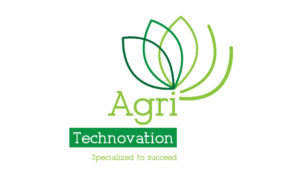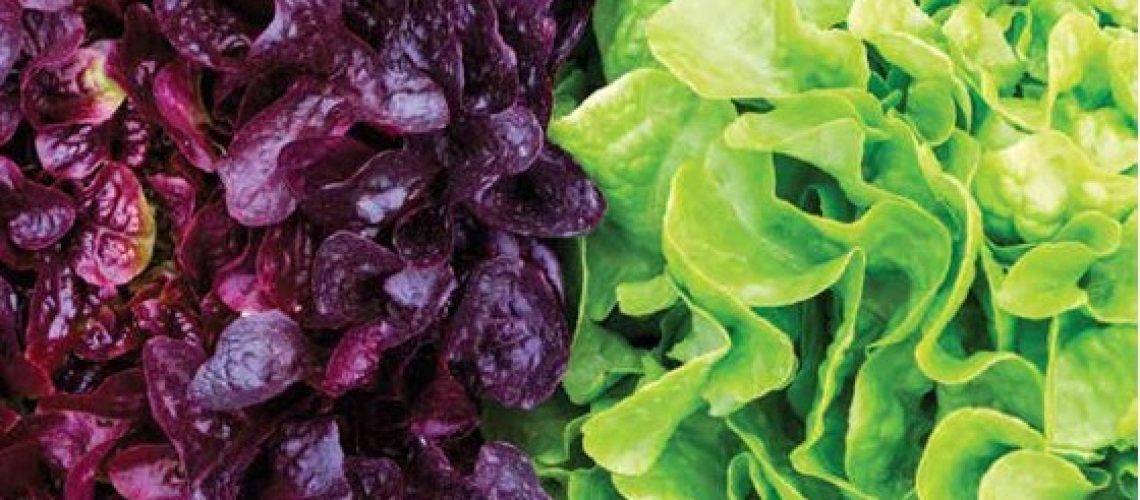Effective foliar formulations for plant physiological response
By Rochelle Thuynsma, Head of Products: Technical, Agri Technovation
Introduction
Nutrient uptake, transport and final assimilation are key factors in determining foliar fertiliser efficacy, however, the efficacy of the nutrient applied is determined by the ultimate plant physio- logical effects (1). In determining the efficacy of foliar-applied fertilisers, the total applied nutrient, the water-soluble leaf fraction available to the plant as well as any physiological reactions related to the function of the nutrient, must be considered. Water-soluble leaf analyses make it possible to determine the ultimate availability of foliar-applied nutrients as this is the only plant-available fraction of the nutrient.
The PHLOEM™ range of products uses various natural complexing agents in the form of organic acids, amino acids and polysaccharides to ensure effective nutrient uptake, transport and assimilation. These complexing agents not only ensure effective nutrient delivery, but also support plant metabolic function, and may help to alleviate the effects of environmental stress conditions and thus, the ultimate plant physiological response.

Figure 1. Foliar Zn content (mg/kg) of (a) Zn PHLOEM vs. competitor on lettuce plants and (b) Zn PHLOEM vs. ZnSO4 on macadamia trees [p <= 0.05].
Zn PHLOEM™
Zinc (Zn) is an essential micronutrient for plant growth and development (2,3). Zinc is involved in various plant metabolic and physiological pro- cesses including enzyme function, nucleic acid synthesis, photosynthesis, starch formation, cell division and elongation as well as activation of abiotic stress-related enzymes and proteins (2,3). A deficiency of Zn in plants can lead to various physiological disorders, including stunted crop growth, interveinal chlorosis and reduced yield (2).
Zn PHLOEM™ was formulated with several complexing agents to enhance foliar uptake, transport and assimilation of Zn.
The efficacy of the Zn PHLOEM™ formulation was compared to an industry competitor’s Zn formulation. Zn PHLOEM™ (200 ml) and the competitor product (466 ml) were each applied at the recommended label rates to lettuce seedlings.
Zn PHLOEM™ was 127% more effective at increasing the leaf Zn content vs. the competitor product (when compared ml to ml of product applied) (Figure 1a). Zn PHLOEM™ delivered a similar water-soluble Zn level, compared to the competitor product, at less than half the applied rate (Figure 1a).
These findings were again confirmed in field trials conducted in the Hazyview, Mpumalanga area on macadamia trees. Zn PHLOEM™ (200 ml) and ZnSO4 (120 g) were applied to field-grown macadamia trees. Zn PHLOEM™ increased leaf Zn concentrations to 57% more than that of the untreated control, and to 22% more vs. ZnSO4, 10 days after application.
After 38 days, Zn PHLOEM™ treated trees still showed increased water-soluble Zn levels at 83% more vs. the untreated control, and 100% more vs. ZnSO4 (Figure 1b). These data also show that Zn PHLOEM™ supported the trees’ changing physiological conditions, supplying available Zn during the phenological stages during which Zn was in higher demand over the 38-day period of sampling.

Figure 2. Foliar Mg content (mg/kg) of (a) Mg PHLOEM vs MgSO4 and Mg-Acetate on lettuce plants and (b) Increased foliar Mg content (%) vs. the untreated control for Mg PHLOEM vs. MgSO4 on maize, beans and wheat [p <= 0,05 ].
Mg PHLOEM™
Magnesium uptake via soil or foliar-applied fertilisers has always presented a challenge. Magnesium is a macronutrient required for chlorophyll production, ATP generation, enzyme activation, stabilisation of nucleic acids, energy transfer, the enzyme activity of root cells, cell expansion and division as well as plant stress responses to environ- mental conditions (4,5).
Magnesium partitioning is thus tightly regulated within the plant to ensure a sufficient supply is available for crucial metabolic functions (4,5). Magnesium deficiencies can lead to various symptoms, including chlorosis of older leaves, reduced growth and impaired photosynthesis, usually indicated by reduced carbohydrate availability (6).
Mg PHLOEM™ was formulated with specific complexing agents to enhance foliar uptake, transport and assimilation of Mg. The efficacy of Mg PHLOEM™ (200 ml) was compared to Mg-Acetate (200 ml) and MgSO4 (115 g) applications on lettuce (Figure 2a) as well as against MgSO4 (115 g) on various row and grain crops (Figure 2b).
Mg PHLOEM™ increased leaf water-soluble Mg concentrations 28% more vs. MgSO4 and 18% more vs. Mg-Acetate 72 hours after application (Figure 2a). Mg PHLOEM™ also increased leaf water-soluble Mg concentrations, 22% more vs. MgSO4 in maize, 16% in beans and 15% more in wheat, when compared to MgSO4 treatment (Figure 2b).
In another trial, leaf available Mg (Figure 3a) as well as the effect of Mg on chlorophyll content (Figure 3b) was also investigated be- tween applications of Mg PHLOEM™ (200 ml) and a suspension concentrate Mg product (55 ml). The Mg content was matched between products to ensure the same amount of Mg was applied per treatment.

Figure 3. (a) Foliar Mg content as total and water soluble Mg (mg/kg) of Mg PHLOEM vs. Competitor and (b) change in chlorophyll content 24 and 48 hours after Mg PHLOEM and Competitor product application, on lettuce plants [p <= 0,05 ].
Mg PHLOEM™ increased the leaf watersoluble Mg content by 30% and the total leaf Mg content by 18%, when compared to the suspension concentrate product, 48 hours after application (Figure 3a).
Mg PHLOEM™ also increased the chlorophyll content by 40% after 24 hours and 176% after 48 hours, when compared to the suspension concentrate Mg product (Figure 3b).
Conclusion
Foliar application and uptake of nutrients is a complex science where the formulation of the applied fertiliser plays a large role in the uptake, transport and assimilation of the applied nutrient.
Zn PHLOEM™ and Mg PHLOEM™ were shown to increase leaf-available nutrients by utilising water-soluble leaf analysis and various physiological indicators. Zn PHLOEM™ and Mg PHLOEM™ are formulated with effective, synergistic complexing agents, utilising PHLOEM™ technology to not only ensure rapid nutrient uptake, transport and assimilation, but also effective physiological reactions to support nutrient-use efficiency.
References:
- Hu, Y., Bellaloui, N., Kuang, Y. 2023. Editorial: Factors affecting the efficacy of foliar fertilizers and the uptake of atmospheric aerosols. Frontiers in Plant Science 10 (14):1146853.
- Rudani, , Prajapati, K., Patel, Vi. 2018. The importance of zinc in plant growth – a review. International Research Journal of Natural and Applied Sciences 5: 2349.
- Hamzah, SM., Usman, K., Rizwan, M., Al Jabri, H., Alsafran, M. 2022. Functions and strategies for enhancing zinc availability in plants for sustainable agriculture. Frontiers in Plant Science 7: 13.
- Ishfaq, , Wang, Y., Yan, M., Wang, Z., Wu, L., Li, C., Li, X. 2022. Physiological essence of magnesium in plants and its widespread deficiency in the farming system of China. Frontiers in Plant Science 25: 13.
- Wang, , Zhang, X., Zhang, W., Peng, M., Tan, G., Faisal Qaseem, M., Li, H., Wu, A. 2023. Physiological and transcriptomic responses to magnesium deficiency in Neolamarckia Cadamba. Plant Physiology and Biochemistry vol. 197.
- Guo, W., Nazim, , Liang Z., Yang, D. 2016. Magnesium deficiency in plants: An urgent problem. The Crop Journal 4 (2): 83.
Zn PHLOEM™ (Fertiliser Group 2, Reg. number B5734, Act 36 of 1947).
Mg PHLOEM™ (Fertiliser Group 2, Reg. number B5738, Act 36 of 1947).





